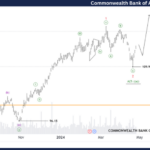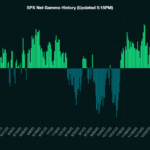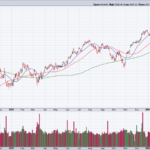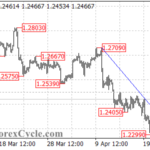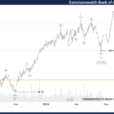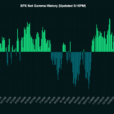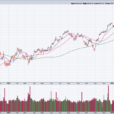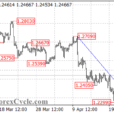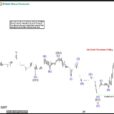
Maybe blame the ECB. On June 5, 2014, Europe’s central bank announced a change in monetary policy. Beginning June 11, their deposit account mechanism that acts as a hard floor for European money rates would be set below zero for the first time. It would mean any funds left on deposit with the ECB in this account would be “paid” -0.10% in interest.
In other words, banks would have to pay the ECB for the privilege of holding positive balances here. Europe would get to NIRP first before even Japan.
Policymakers there as anywhere never did figure out the contradiction. It was fully expected that NIRP would sufficiently punish recalcitrant banks who were “hoarding” liquidity by piling it up in the deposit account. A minus rate was supposed to motivate them to do something more productive (lend).
The flaw, therefore, was in not even bothering to piece together why banks were acting so shy. Penalizing wavering depository institutions wasn’t going accomplish that goal. Determine why they are being shy in the first place, then put together a strategy to deal with this other factor first.
It had been one of the more encouraging indications during that time. The cross currency basis of euros against dollars had finally reached zero after an epic journey stretching out over several years. Getting as low as -65 bps during Europe’s 2012 second crisis and recession, the 5-year cross swap registered a plus sign just in time for the ECB’s NIRP.
The monetary policy didn’t help Europe’s beleaguered banks, of course, they simply absorbed the costs of monetarily ignorant monetary policies pushing them to face the looming global currency reverse under a higher cost structure. Making them pay more for liquidity wasn’t a particularly wise maneuver as liquidity preferences would suddenly rise often sharply.
In any case, it never helps when central bankers panic. If Europe’s economy was recovering and its financial system sailing smoothly along, then why the rushed desire for radically redrawing monetary masochism? No one in the media bothered to ask Mario Draghi, but you can bet that all the big rates and short FX desks were asking themselves that very question and then betting on their own answers to it.
By January 2015, the XCurr€ 5s was back again at around -20 bps. Like credit spreads or US$ interest rate swaps, this esoteric piece of the global eurodollar puzzle would keep moving in the wrong direction for several years while the global economy dropped “unexpectedly” into a major downturn.



